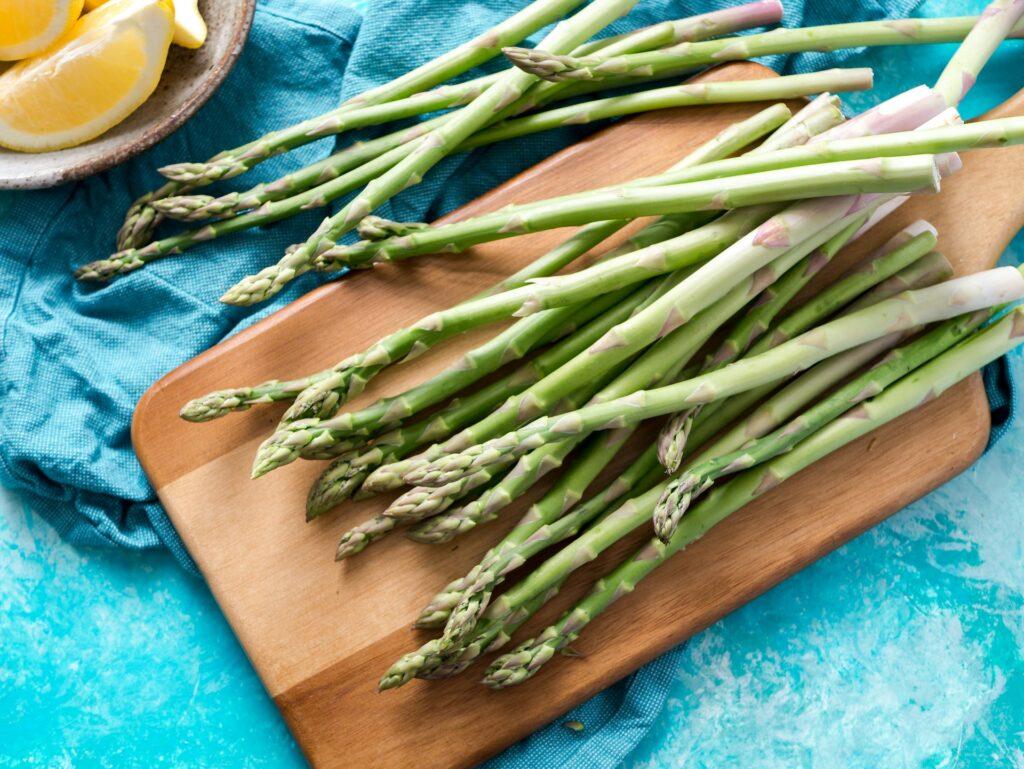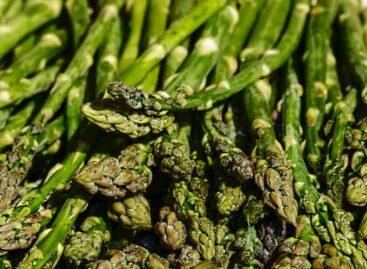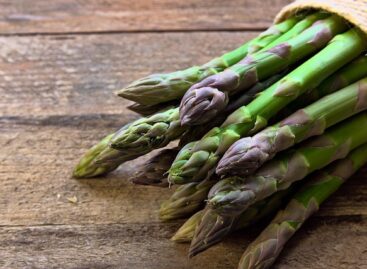Hungarian asparagus cultivation: new challenges and opportunities in the domestic market
One of the treasures of Hungarian gastronomy, asparagus, is only recently beginning to discover its true potential in our country, even though we are one of the largest producers in Europe. Although Hungary is the sixth or seventh largest producer of asparagus in the European Union, little is still sold at home. According to market data, 3,000 tons of asparagus are grown on roughly 2,000 hectares, 80-90 percent of which is exported, mainly to Germany and Austria.

The asparagus season typically lasts from the end of April to the beginning of June, but due to this year’s unusually mild weather, Hungarian asparagus can be expected to appear on the markets weeks earlier. We asked Márton Kocsis, the professional representative of FruitVeB Hungarian Vegetables and Fruits, about this expected season and the current state of cultivation.
The largest asparagus areas are located in the counties of Bács-Kiskun and Csongrád-Csanád, where in recent years there has been a slight upswing in the area’s growth. However, as a result of the COVID-19 epidemic, this growth became more restrained and the size of the area fell.
Related news
A colorful season: changing trends in the European asparagus market
🎧 Hallgasd a cikket: Lejátszás Szünet Folytatás Leállítás Nyelv: Auto…
Read more >Asparagus exports increased in 2024
🎧 Hallgasd a cikket: Lejátszás Szünet Folytatás Leállítás Nyelv: Auto…
Read more >Asparagus has arrived at Kifli.hu – more and more people are looking for seasonal, domestic vegetables
🎧 Hallgasd a cikket: Lejátszás Szünet Folytatás Leállítás Nyelv: Auto…
Read more >Related news
Rapid changes, adaptive path
🎧 Hallgasd a cikket: Lejátszás Szünet Folytatás Leállítás Nyelv: Auto…
Read more >Business Days elective course: a weekend programme establishing a new tradition
🎧 Hallgasd a cikket: Lejátszás Szünet Folytatás Leállítás Nyelv: Auto…
Read more >Quality comes at a price!
🎧 Hallgasd a cikket: Lejátszás Szünet Folytatás Leállítás Nyelv: Auto…
Read more >





